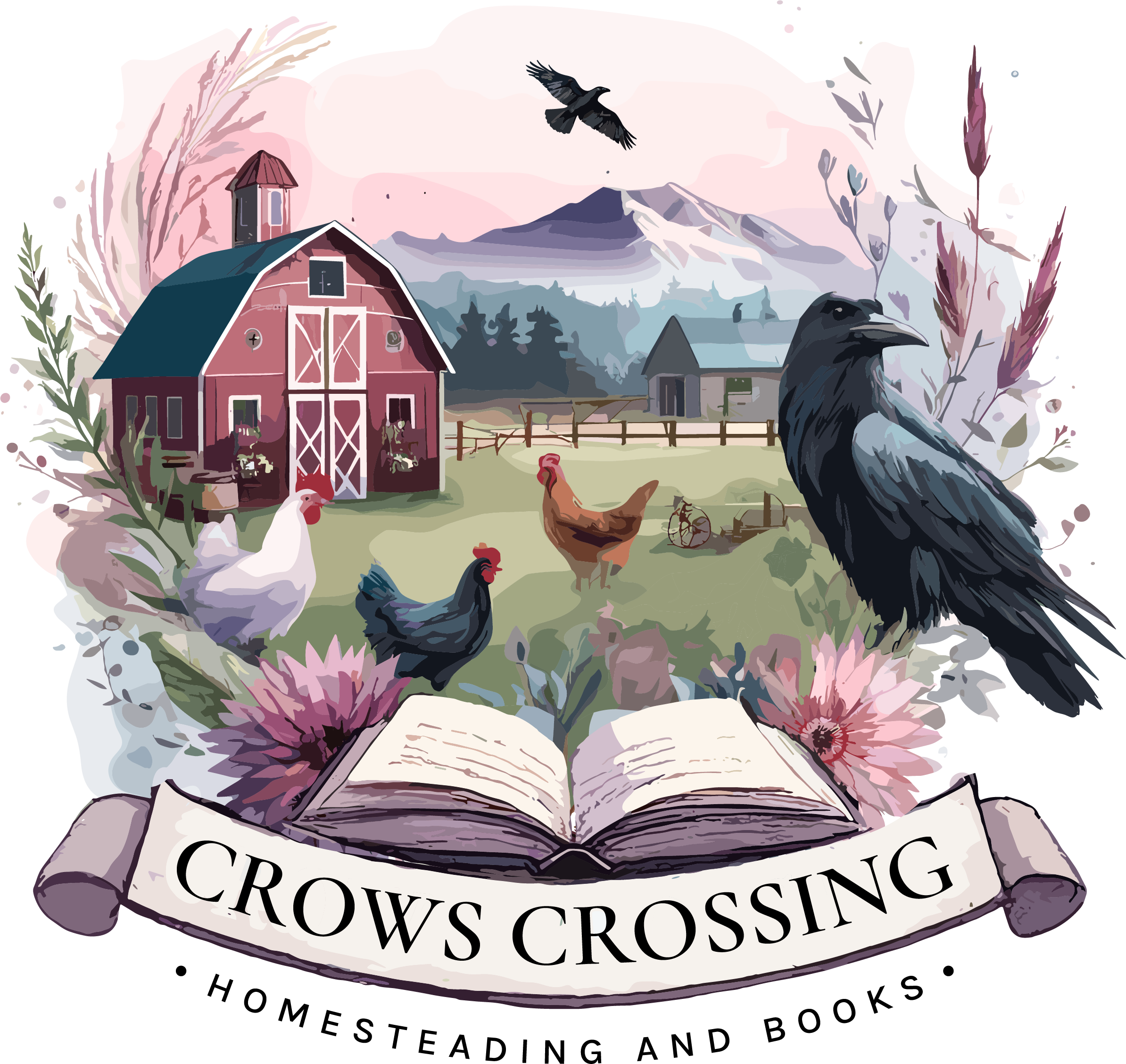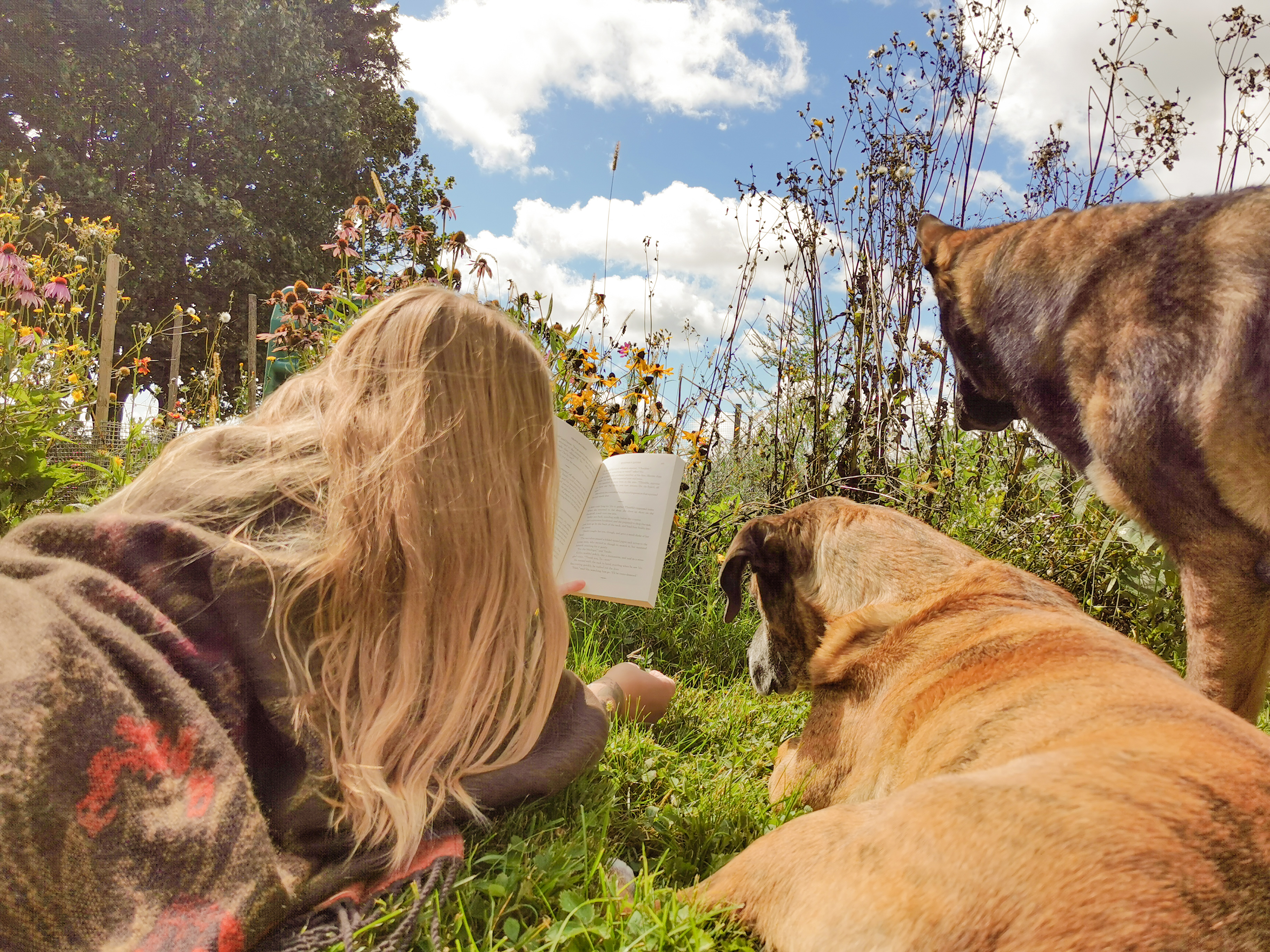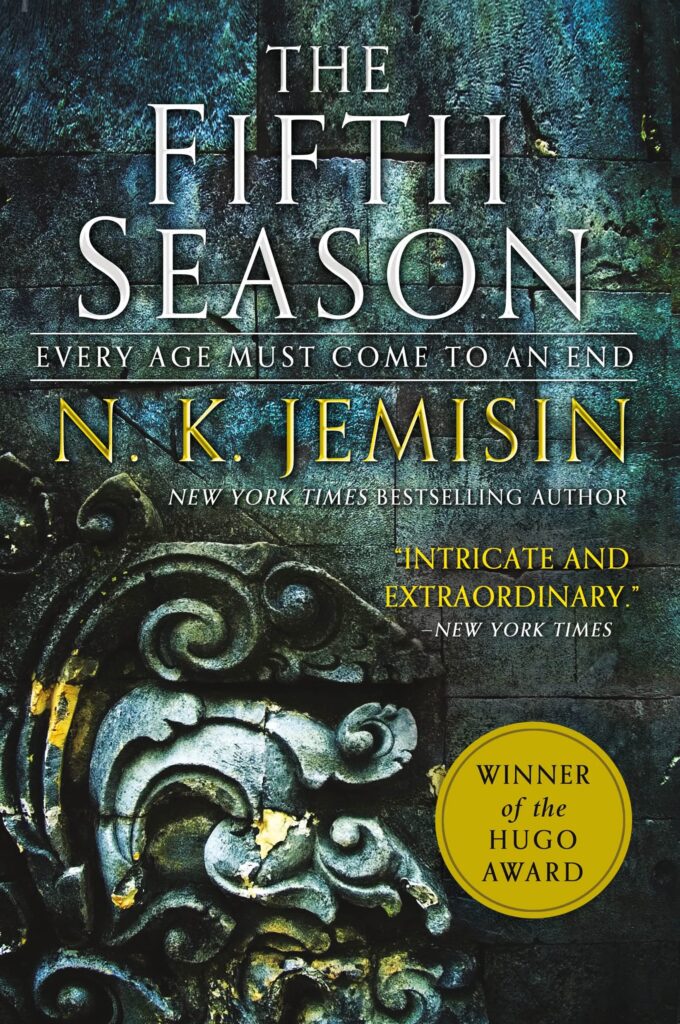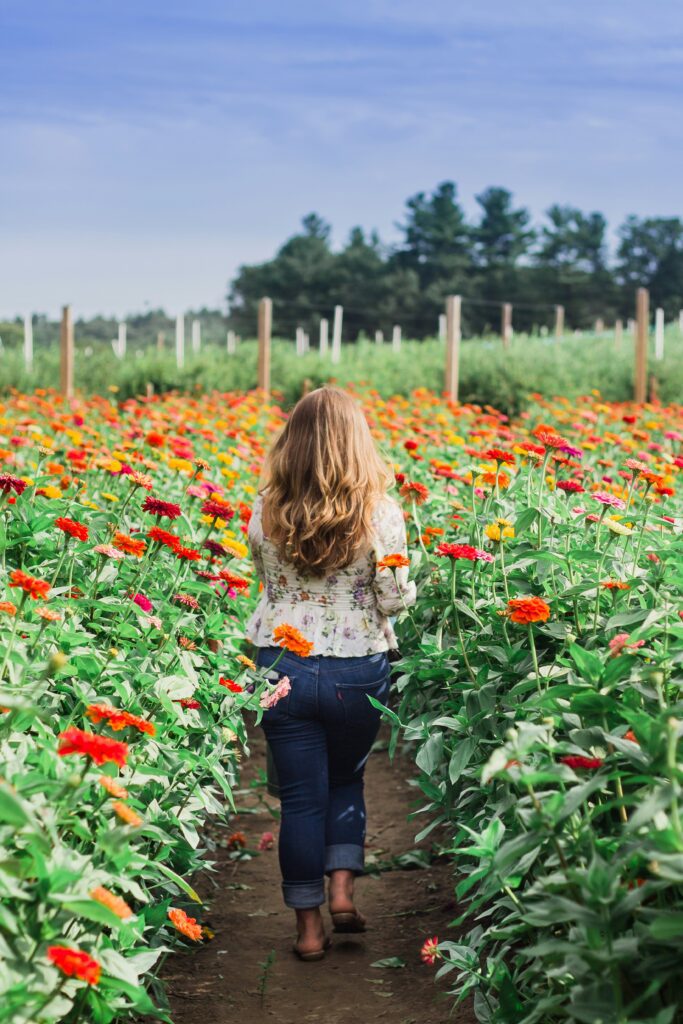
Having cut flowers in your home is a great way to brighten up your space and day. What would make that more rewarding? Growing the flowers yourself. This is what I want to go over today. I see many people wanting to know how to do this themselves. I made a beginner-friendly guide for gardeners who want to start their cut flower journey.
Starting a cut flower garden while keeping it natural in mind is the way to go. You’ll not only create long-lasting blooms but also require less maintenance. I also included in this post how to include native flowers supporting native pollinators that benefit your flowers. Let’s jump in!
Crows Crossing is a participant in the Amazon Services LLC Associates Program, an affiliate advertising program designed to provide a means for sites to earn advertising fees by advertising and linking to amazon.com
Location
Sunlight
All flowers require a different amount of sunlight so it’s important to group the ones that would do best in the location of your garden. For most flowers, this is 6-8 hours of sunlight a day. If you’re deciding on a location, keep an eye on it throughout the day to see how much it gets. If it’s shadier you can still have cut flowers but you might have to go with a shade garden.
Soil
It’s best to get your soil tested when you choose your location. This way you can see what it’s lacking.
I always go in with compost, broken-down manure and mulch (in that order) to enhance my gardens with valuable nutrients.
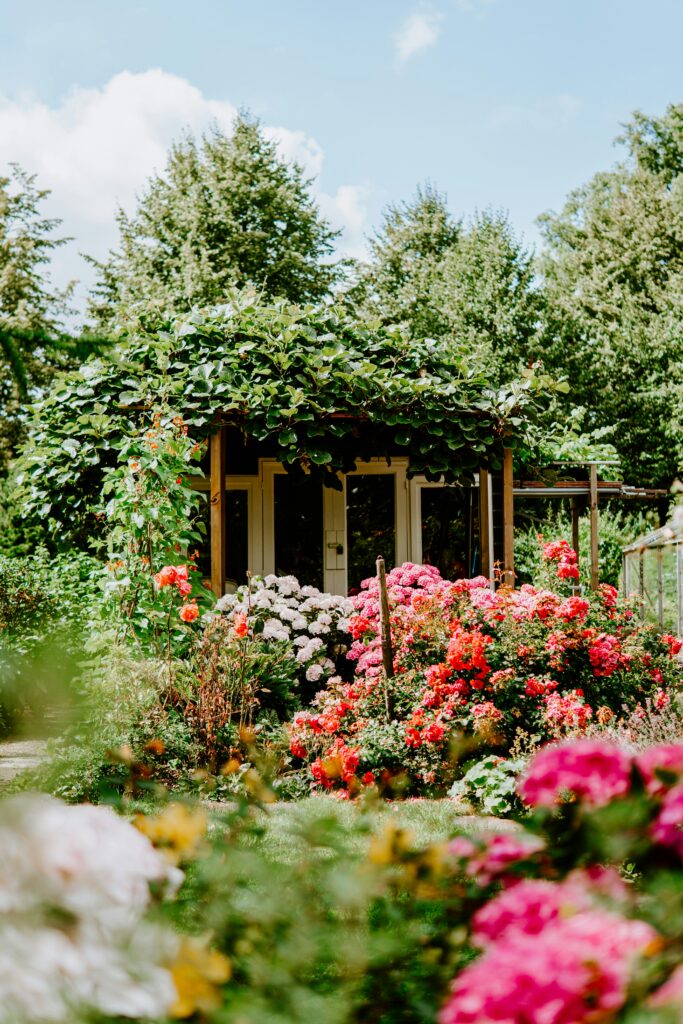
Planning and Planting
Seeds or Transplants
Seeds are cheaper but require more work, and transplants are more expensive but less work. I do both, personally. I love making a day of going to the greenhouse. I get some harder flowers to start or perennials that I forgot to plant in the spring.
Here’s my blog post about starting seeds indoors if you’d like to do something in the winter while you’re waiting for your garden.
Starting Seeds Indoors
No-Dig Gardening
No-dig gardening is beneficial because it preserves soil structure, promotes healthy microbial life, and reduces weed growth. By layering organic matter directly on top of the soil instead of tilling, you protect beneficial organisms that help improve soil fertility naturally. Here’s a post I found that goes more in-depth.
Staggered Planting
You can implement staggered planting for the annuals you choose for your garden. This method is where you plant every week or so instead of all at once. Doing this allows you to enjoy those specific flowers longer since they’ll be blooming every week. I do this with my popular cut flowers that I sell at the road.
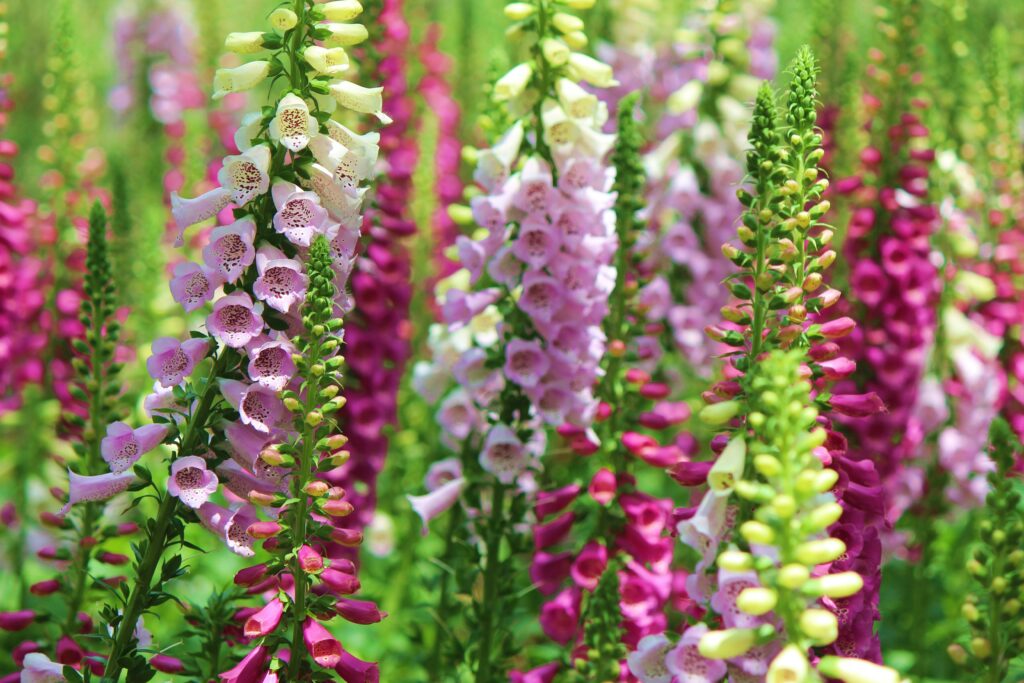
Selecting Flowers
Popular Cut Flowers
There are lots of cut flowers to choose from. If you decide on seeds and want to support a Canadian business, West Coast Seeds is a great company.
- Sunflowers
- Zinnias
- Dahlias
- Snapdragons
- Asters
- Cosmos
- Tulips
- Baby’s Breath
- Roses
Native Flowers
Native flowers are a great choice for cut gardens because they are naturally adapted to the local climate and soil. They also support pollinators like bees, butterflies, and hummingbirds. They enhance biodiversity and promote a healthier ecosystem. By incorporating native plants, gardeners can enjoy beautiful blooms while reducing the need for pesticides, fertilizers, and excessive watering. This creates a more sustainable and resilient garden.
To choose native flowers for your area, you’ll have to do a little research. You might even be able to find some endangered flowers to support.
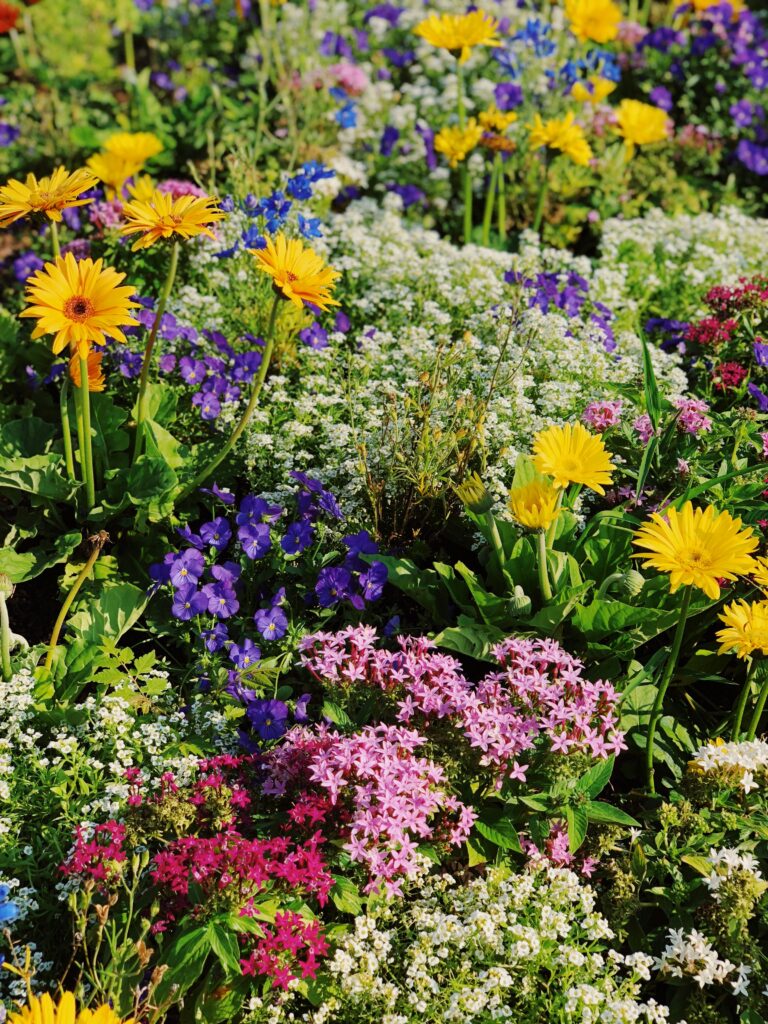
Maintaining Cut Flower Gardens Naturally
Companion Planting
Doing this method adds so many great benefits to your garden. This is the best way to prevent pests naturally while also attracting beneficial pollinators. My post on companion planting dives deeper into why it should be practiced in every garden.
Adding Nutrients To The Soil Naturally
You can also use organic fertilizers like compost tea, worm castings, fish emulsion, or seaweed extract to provide slow-release nutrients. Apply compost as a top dressing around plants, use mulch to retain moisture, and feed plants with diluted liquid fertilizers every few weeks for healthy, vibrant growth. I use broken down chicken manure and kitchen scraps. You can use whatever you have.
Watering
We often think that watering more = better. That isn’t the case (unless you’re in a heat wave – water daily). Watering less often can help strengthen roots. When you do water though, water deeply.
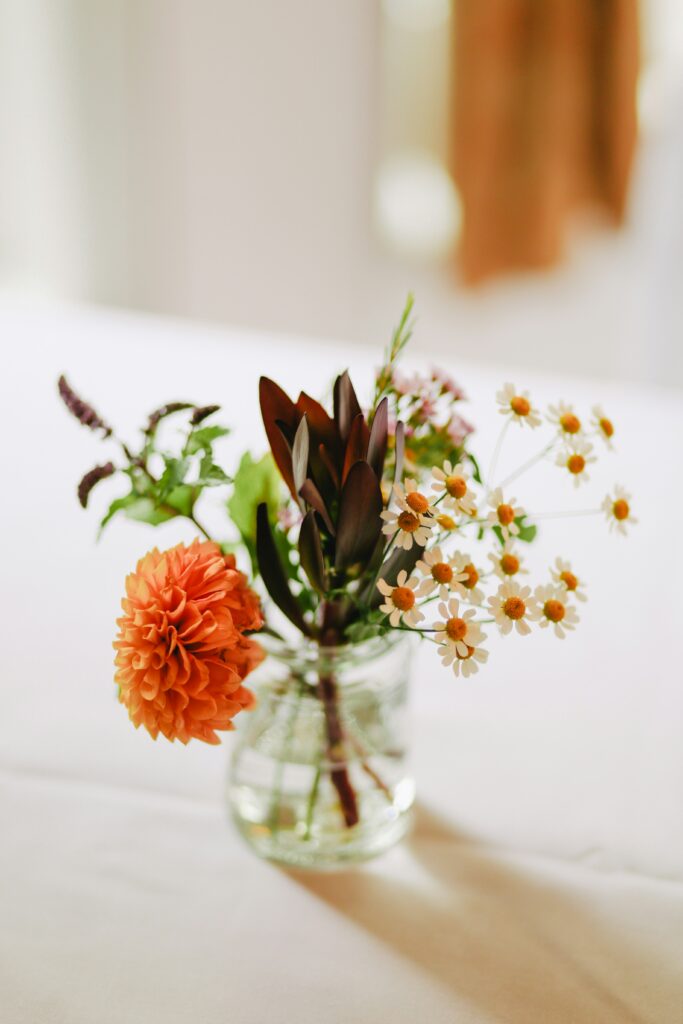
Harvesting for Bouquets
When/How To Cut Flowers
When it comes to when and how that’s up to the specific flower. Before you cut, do a quick search on the flower and how to properly cut it for longevity. Since some may need a different cut on their stem.
Conditioning/Storing Cut Flowers
If you’re cutting flowers for personal use, you can display them immediately in a vase with fresh water. To extend their lifespan, especially if gifting them, store them in a cool place or a refrigerator. For the best vase life, condition your flowers by trimming stems at an angle under water, removing any leaves that would sit below the waterline, and placing them in fresh, lukewarm water with a floral preservative. Let them hydrate in a cool, dark place for a few hours before arranging or gifting.
Drying/Preserving Cut Flowers
Drying and preserving cut flowers is a great way to enjoy their beauty long after they’ve bloomed. Air drying is the simplest method. Bundle flowers together and hang them upside down in a dry, dark, and well-ventilated space. For more vibrant colours, use silica gel to quickly dry delicate blooms. Pressing flowers between heavy books or using a microwave press is ideal for flat arrangements.
That’s it for my post on cut flowers! If you’re just starting my best advice is to start small and experiment. During the first year of growing cut flowers, I was determined to grow the best cut flowers for my roadside stand. Little did I know that my garden would be ravaged by bunnies (rude). Now I know to use row covers when the seedlings are still mouth-watering to rabbits. That’s only one of the experiences I had that made me grow as a gardener.
I hope your first year is better than mine was. It’s all trial and error! Let me know in the comments what you’re experiences were/are and let me know what you’re excited to grow this year!
